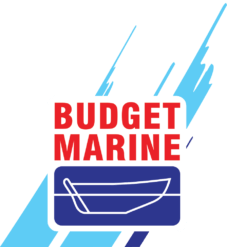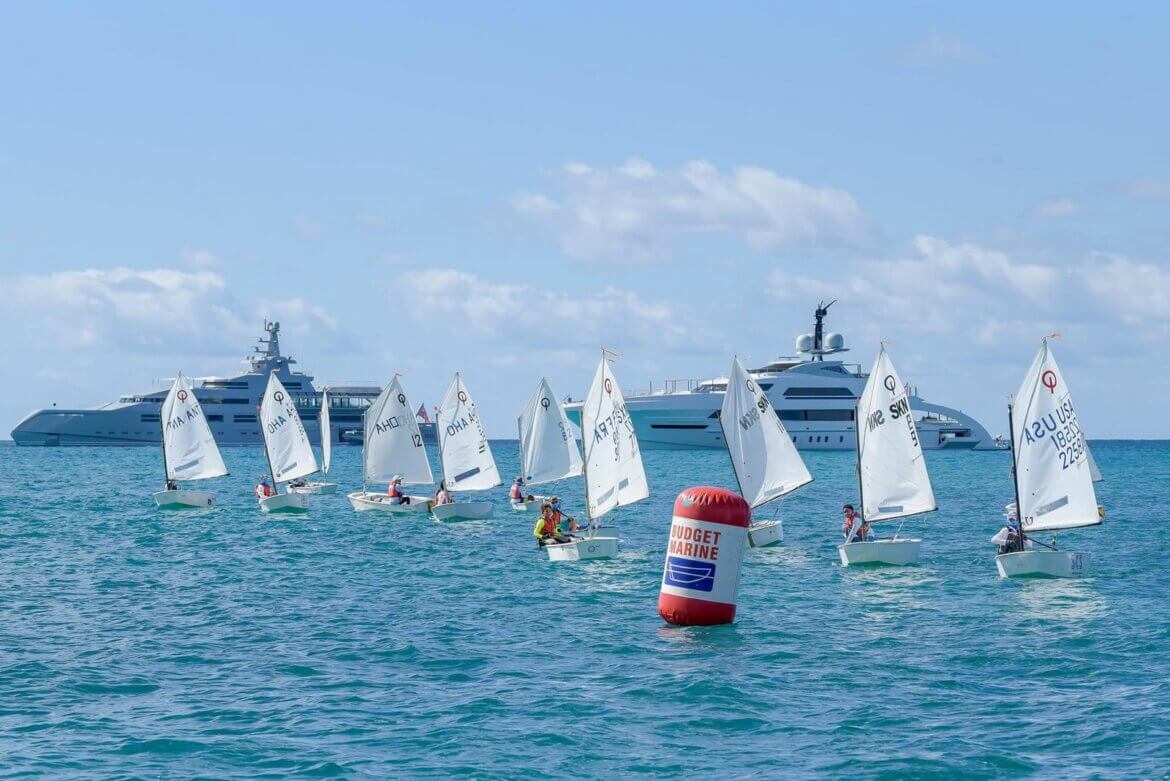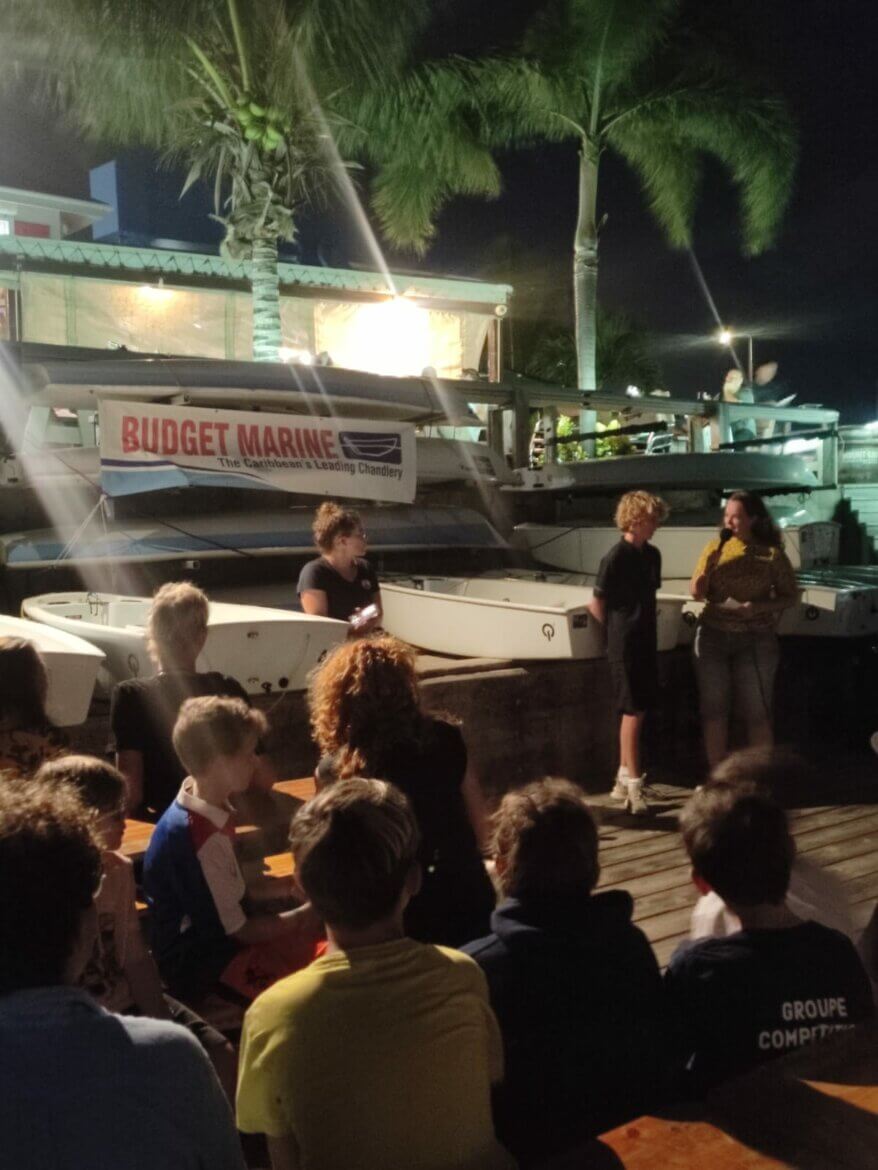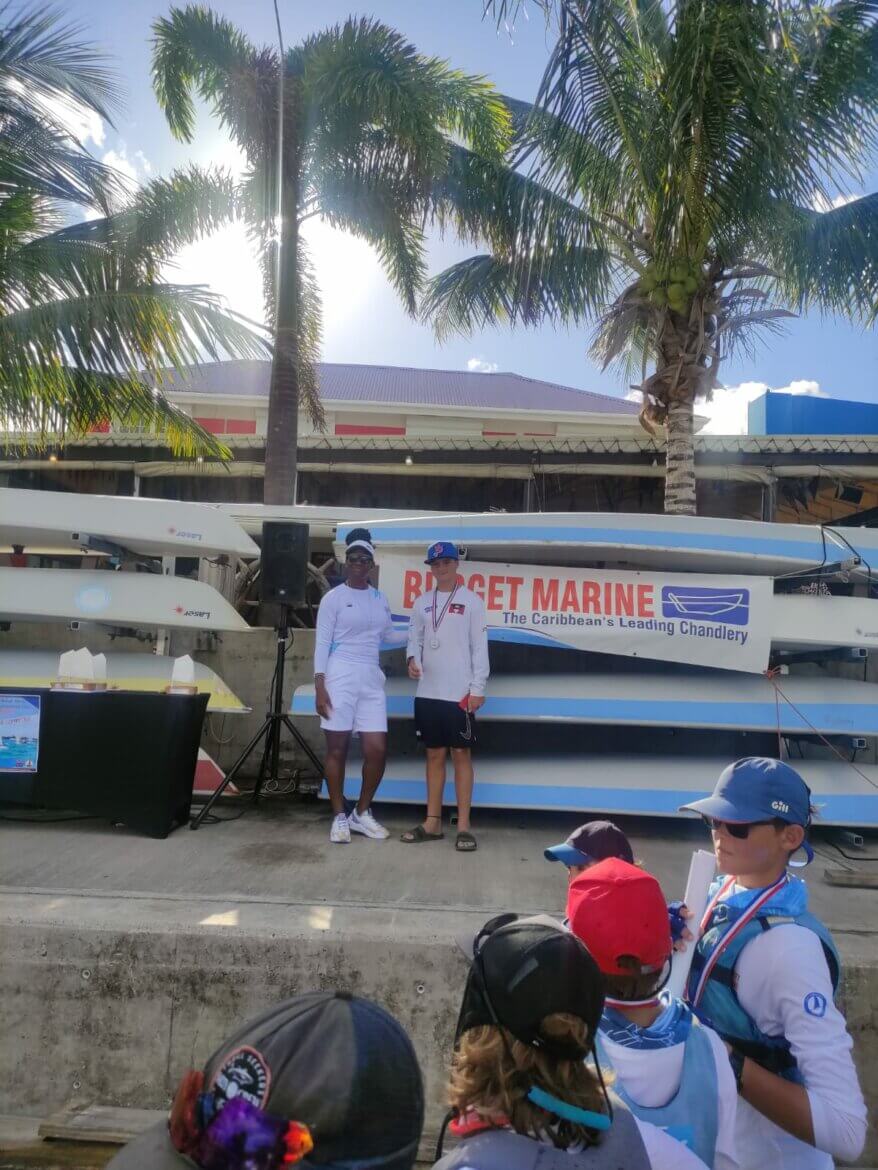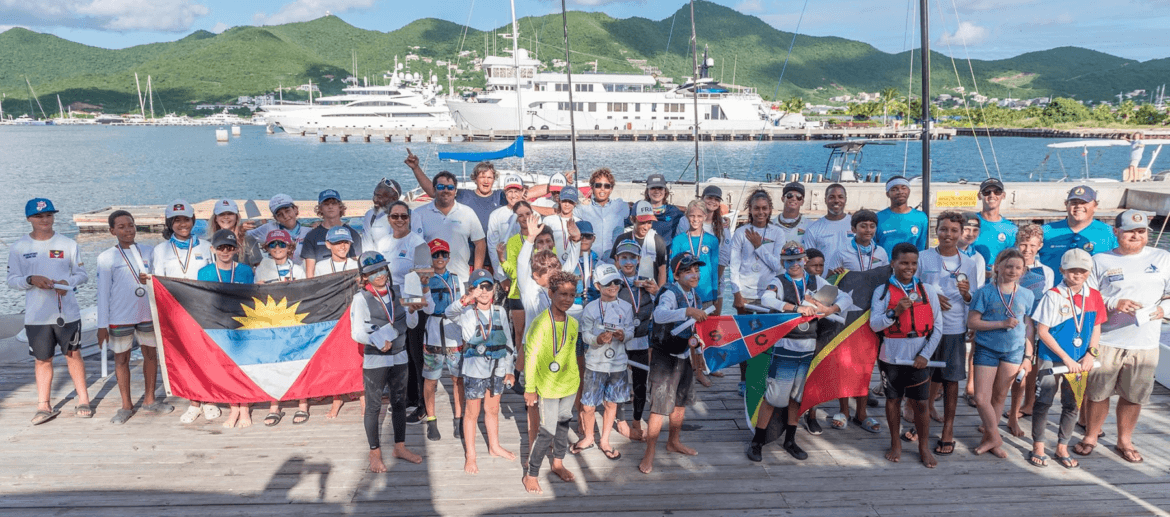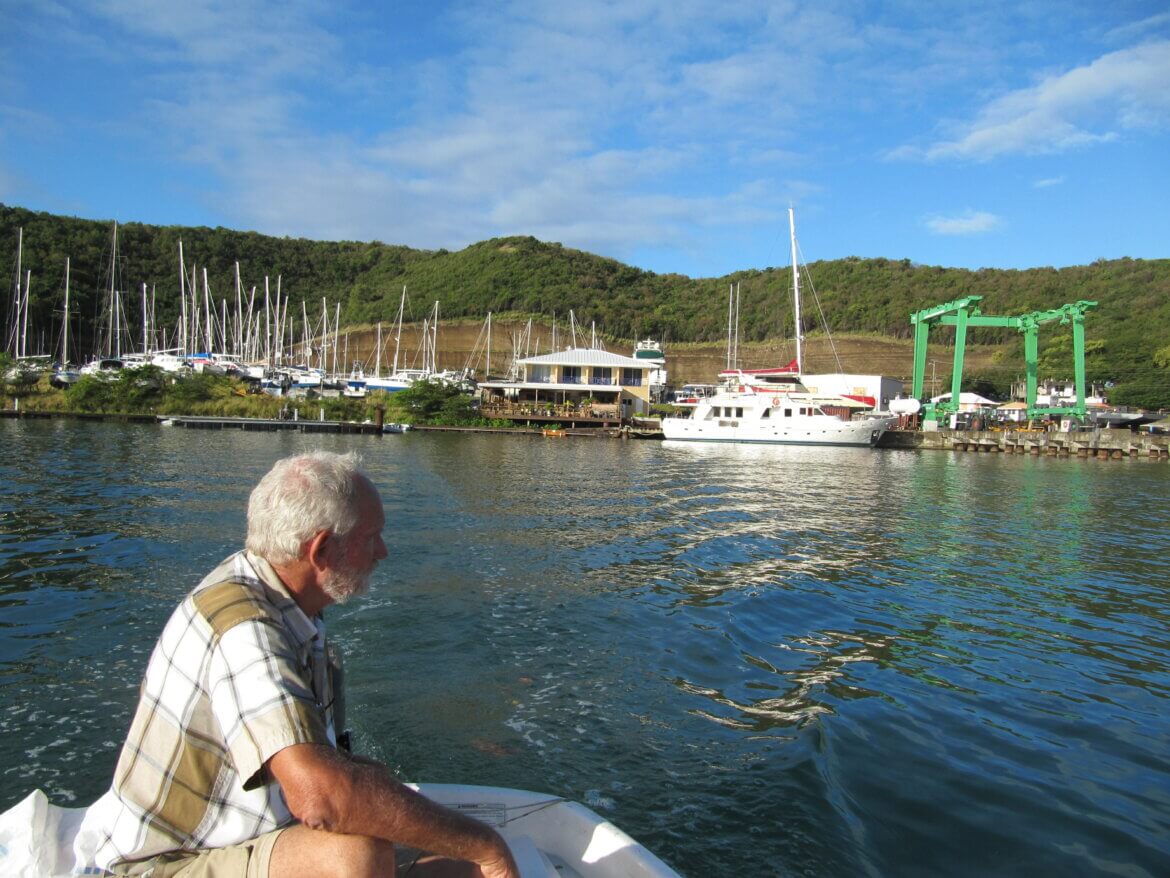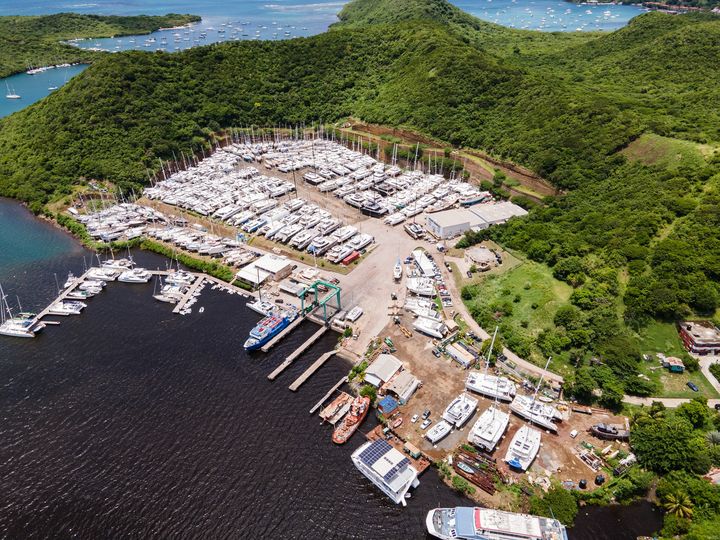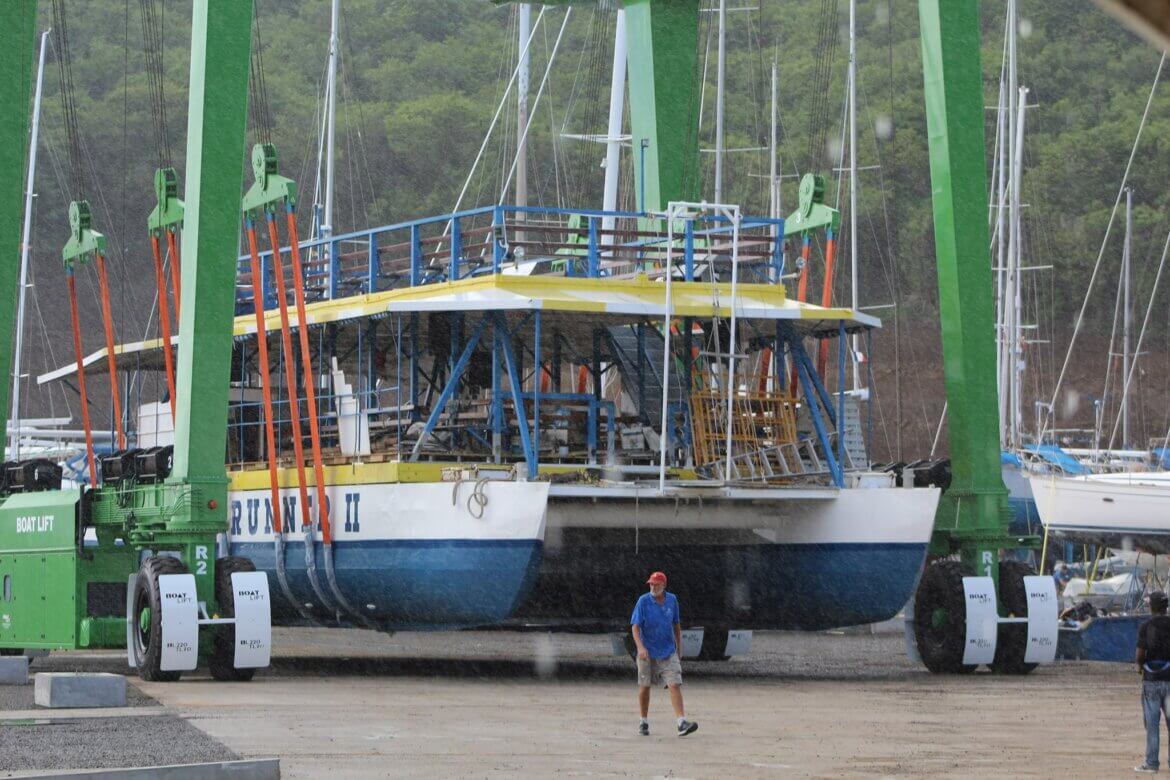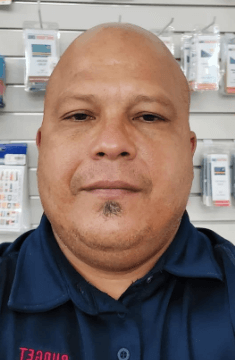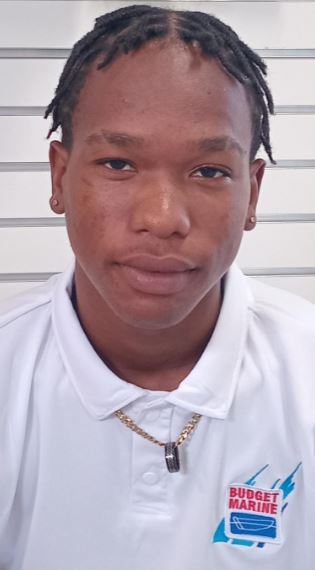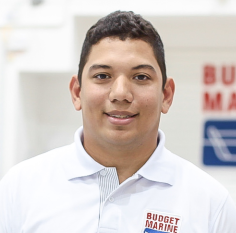In the old days, the part of the boat where the propeller shaft exited the hull was sealed with a system known as a “Stuffing Box”. 🧰 The name came from the method used: greased packing rope was stuffed into a metal housing to reduce the amount of seawater entering the boat while allowing the shaft to turn.
⚠ These boxes required careful, regular adjustment to maintain just the right pressure — enough to allow a slight drip to lubricate the packing, but not enough to let water flood in.
That meant boat owners had to squeeze into tight, greasy engine spaces, tools in hand, usually at the least convenient times — all while dreaming of drinks on the aft deck. 🍹🔧
Thankfully, those days are behind us.
🛠 Modern Shaft Seal Solutions
Today’s technology offers far more efficient, low-maintenance alternatives — especially the PSS Mechanical Face Seal. This advanced system uses a stainless steel rotor and a carbon flange to create a reliable, dripless seal, eliminating the hassle and mess of grease and adjustment.
✅ Long lifespan
✅ No dripping
✅ No tools or greasy struggles
✅ Available in both metric and imperial sizes
📦 Available Now at Budget Marine
We’re proud to represent PSS Shaft Seals, the global leader in this category. Stocked in Sint Maarten and available for fast delivery throughout the Caribbean, these seals are ideal for both new builds and refits.
👨🔧 Our founder even has one installed on his own vessel — after years of wrestling with older systems, he’s never looked back.
⚓ Ready for a serious upgrade? Talk to the experts at Budget Marine about fitting your boat with a PSS Shaft Seal — and enjoy smooth sailing without the drip!
BoatMaintenance #PSSSeal #ShaftSeal #DriplessSeal #BudgetMarine #CaribbeanBoating #MarineUpgrades #CruiserLife #BoatingTips #SailingCaribbean

